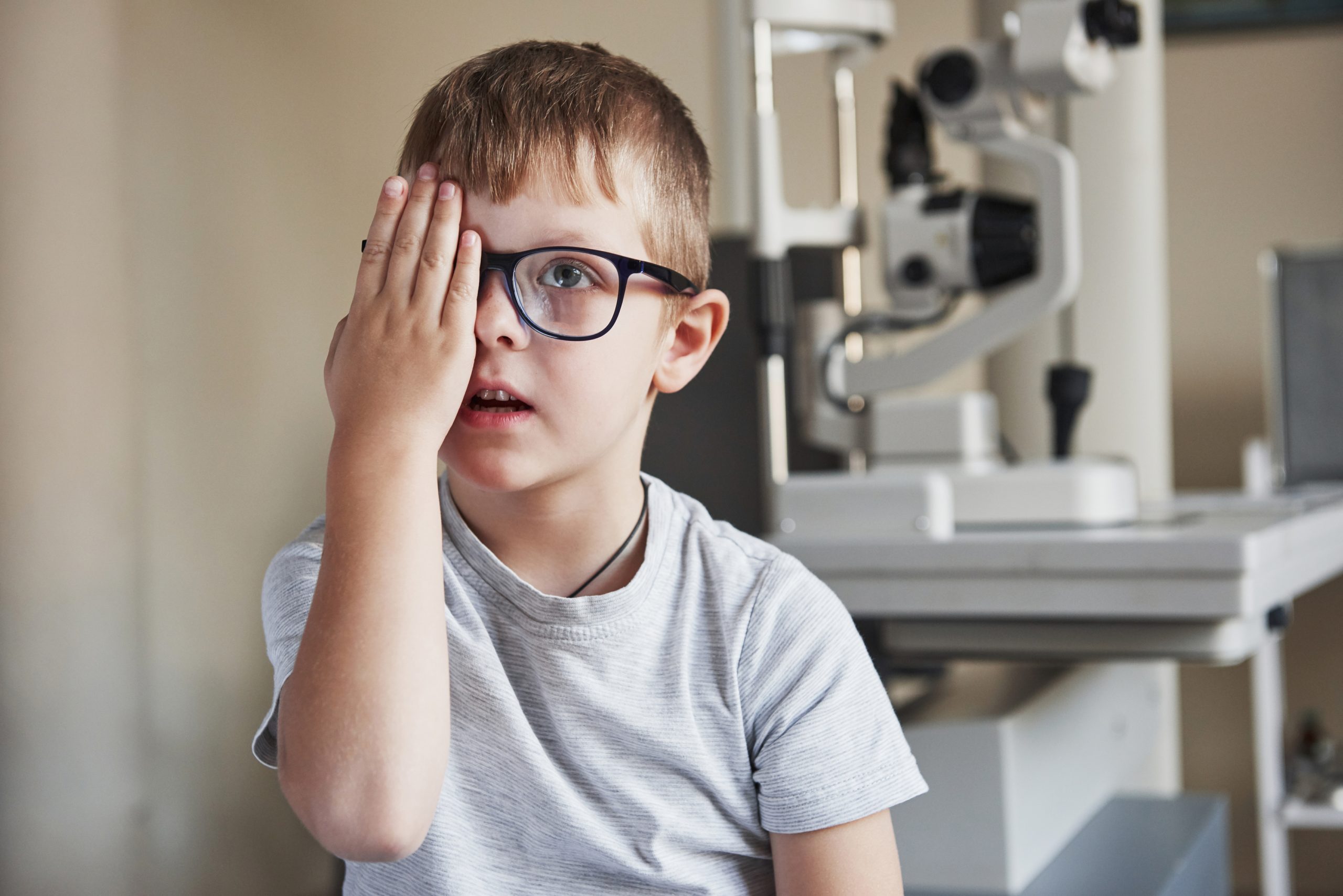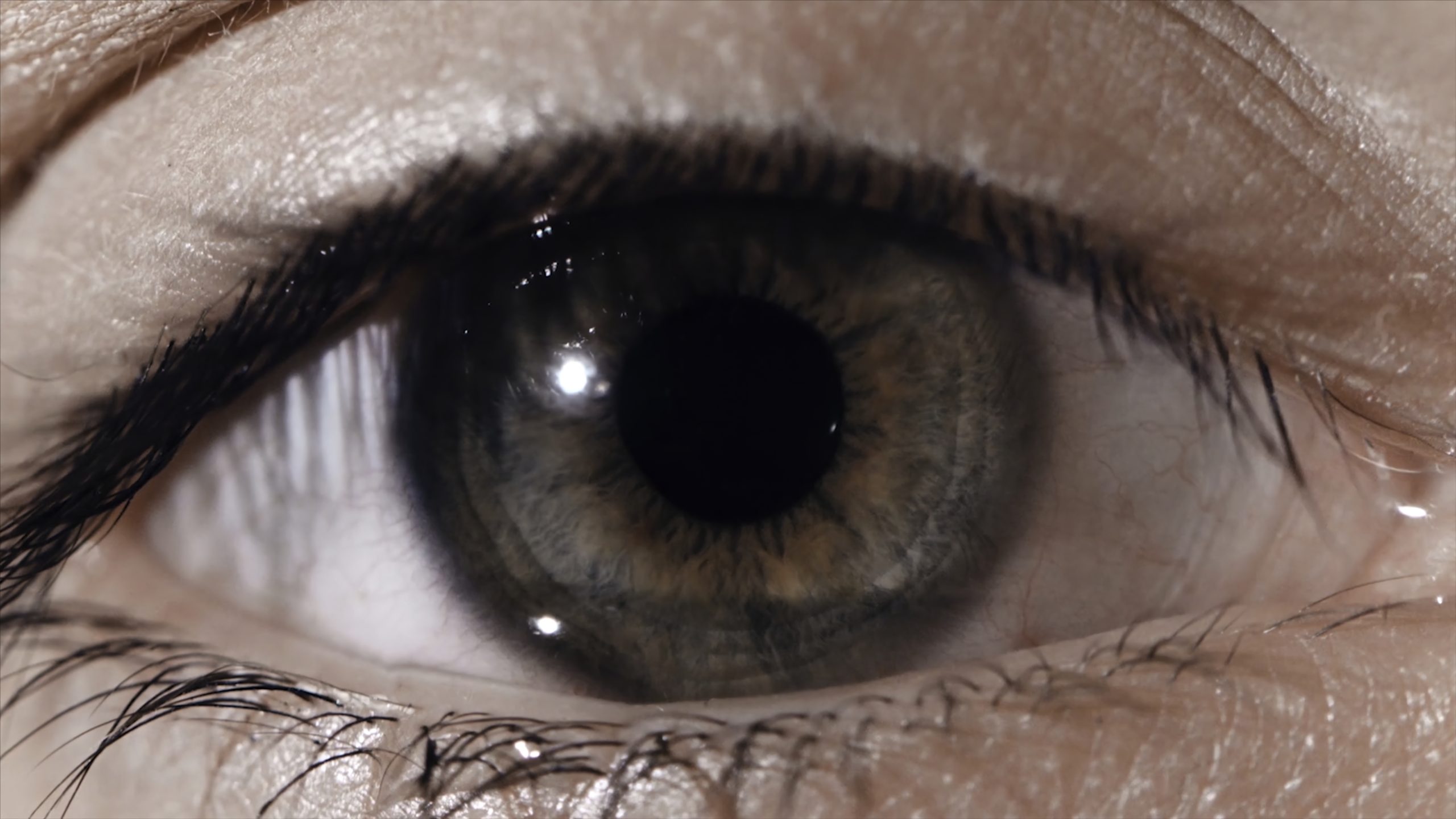Introduction to Hyperopia: Understanding Farsightedness
Embark on a journey to comprehend hyperopia, a common refractive error affecting vision. This article acts as a guide, offering insights on when to seek professional help, unraveling the causes and effects, identifying risk factors, exploring potential complications, and providing practical tips for managing hyperopia. Dive into the diagnostic process, discern which demographics are more susceptible, explore treatment options, and conclude with advice for maintaining optimal eye health.
Overview of Hyperopia
Hyperopia, or farsightedness, is a common refractive error affecting vision. In hyperopic individuals, distant objects are seen more clearly than nearby ones due to the light entering the eye focusing behind the retina. This occurs when the eyeball is too short or the cornea has too little curvature. Unlike myopia (nearsightedness), where the focal point falls in front of the retina, hyperopia results in the focal point being situated beyond the retina.
Symptoms
- Blurred Near Vision:
- Hyperopic individuals experience difficulty focusing on close objects, leading to blurred vision for tasks like reading or using a computer.
- Eye Strain:
- Struggling to maintain focus on near tasks can cause eye strain, particularly during prolonged periods of close work.
- Headaches:
- Prolonged effort to see up close may result in headaches, often associated with eye fatigue.
- Eye Discomfort:
- Discomfort or irritation may occur after extended periods of close work, reflecting the strain on the eye muscles.
Causes
- Eyeball Length:
- Hyperopia is often linked to an eyeball that is too short. This prevents light from converging precisely on the retina.
- Corneal Shape:
- An insufficiently curved cornea can contribute to hyperopia, altering the way light is refracted onto the retina.
- Genetic Factors:
- Genetic predisposition plays a role, with a family history of hyperopia increasing the likelihood of an individual developing the condition.
What Happens Because of the Condition
- Focal Point Beyond the Retina:
- In hyperopia, the focal point of light entering the eye converges behind the retina instead of directly on it.
- Blurred Near Vision:
- The consequence is blurred vision for close objects, as the focal point is not aligned with the retina for these tasks.
- Strain and Discomfort:
- Constant effort is required to bring close objects into focus, leading to strain on the eye muscles and overall discomfort.
- Headaches:
- The strain on eye muscles and associated effort can result in headaches, particularly after sustained near work.
- Reduced Near Vision Acuity:
- Hyperopia typically leads to reduced clarity of near vision, impacting activities that require close focus.
Risk Factors
- Genetic Predisposition:
- A family history of hyperopia increases the likelihood of an individual developing farsightedness.
- Age:
- Hyperopia can progress with age, particularly affecting individuals over 40 as the eye’s lens loses flexibility.
- Other Refractive Errors:
- Individuals already affected by conditions like hyperopia may be more susceptible to developing farsightedness.
- Medical Conditions:
- Certain health conditions, such as diabetes, can influence the development of refractive errors, including hyperopia.
Diagnosis
- Visual Acuity Test:
- Standard eye chart assessments determine the clarity of vision at various distances.
- Refraction Test:
- Measures the degree of hyperopia and helps determine the prescription needed for corrective lenses.
- Retinoscopy:
- The doctor uses a light to observe how it reflects off the retina, aiding in determining the refractive error.
- Autorefractors and Aberrometers:
- Automated instruments provide objective measurements of the eye’s refractive error.
Treatment Options
- Eyeglasses:
- Convex lenses are prescribed to correct hyperopia by converging light directly onto the retina. The prescription is determined based on the degree of farsightedness.
- Contact Lenses:
- Convex contact lenses provide an alternative to eyeglasses, offering clear vision for individuals with hyperopia.
- Refractive Surgery:
- Procedures like LASIK reshape the cornea to correct hyperopia. The surgery adjusts the corneal curvature, allowing light to focus properly on the retina.
- Lens Implants:
- Intraocular lenses (IOLs) can be surgically implanted to replace the eye’s natural lens, correcting hyperopia. This option is often considered in cataract surgery or for individuals seeking a permanent solution.
Complications
- Uncorrected Vision Issues:
- Neglecting to correct hyperopia can result in persistent blurred vision, affecting day-to-day tasks and activities.
- Eye Strain and Discomfort:
- Prolonged eye strain from uncorrected hyperopia can lead to discomfort, headaches, and reduced visual comfort during close work.
- Reduced Quality of Life:
- Visual disturbances associated with hyperopia can impact an individual’s daily activities and overall quality of life, emphasizing the importance of timely correction.
- Changes with Age:
- Hyperopia can progress, especially as individuals age. Regular eye check-ups are crucial to monitor changes and adjust corrective measures accordingly.
- Post-Surgery Complications:
- Refractive surgeries, while generally safe, carry potential risks such as infection or changes in vision quality. Post-surgery follow-up care is essential to address any complications promptly.
Prevention
Preventing hyperopia involves adopting practices that support overall eye health:
- Regular Eye Exams:
- Scheduled eye examinations allow early detection and correction of refractive errors, including hyperopia.
- Healthy Lifestyle:
- Maintaining a balanced diet rich in eye-friendly nutrients, regular exercise, and adequate hydration supports general eye health.
- Eye Safety Measures:
- Using protective eyewear during activities with potential eye hazards reduces the risk of injuries that may contribute to refractive errors.
Medications
Unlike some eye conditions, hyperopia is primarily a structural issue and is not typically treated with medications. Corrective measures, such as eyeglasses, contact lenses, or refractive surgery, are the primary approaches to manage hyperopia.
When to See a Doctor
- Blurred Vision:
- If there is persistent or sudden blurred vision, especially for close tasks, it is advisable to schedule an eye examination.
- Headaches and Eye Discomfort:
- Frequent headaches or discomfort in the eyes, particularly after prolonged near work, warrant a visit to an eye care professional.
- Changes in Vision:
- Any noticeable changes in vision, regardless of distance, should prompt a visit to the eye doctor.
- Regular Check-ups:
- Even in the absence of symptoms, regular eye check-ups are recommended, especially for individuals in demographics more susceptible to refractive errors.
Demographics More Susceptible
- Age Group:
- Individuals aged 40 and older are more susceptible to hyperopia, particularly as the eye’s lens loses flexibility with age.
- Genetic Factors:
- Those with a family history of hyperopia have a higher likelihood of developing the condition.
- Other Refractive Errors:
- Individuals already affected by other refractive errors, such as myopia or astigmatism, may be more prone to developing hyperopia.
- Occupational Factors:
- Certain occupations that involve prolonged periods of close work, such as reading or computer use, may contribute to the development of hyperopia.
Follow-up Care for Adults and Children
For Adults:
- Routine Eye Exams:
- Schedule regular eye examinations, at least every two years or as recommended by your eye care professional, to monitor changes in vision and overall eye health.
- Adherence to Prescriptions:
- If prescribed corrective lenses, such as eyeglasses or contact lenses, ensure consistent use according to the recommended prescription.
- Regular Health Check-ups:
- Regularly visit healthcare professionals to manage overall health, as systemic conditions can impact eye health.
- Prompt Intervention:
- Seek prompt attention for any changes in vision, eye discomfort, or signs of potential eye issues.
For Children:
- Pediatric Eye Exams:
- Schedule regular eye exams for children, especially during critical developmental stages, to monitor vision health.
- Educational Support:
- Provide necessary support if vision problems impact learning or daily activities. Address any signs of eye strain or discomfort promptly.
- Regular Check-ups:
- Even in the absence of apparent issues, ensure regular eye check-ups for early detection of potential vision problems.
- Eye Safety Measures:
- Educate children about eye safety and ensure they use protective eyewear during activities with potential eye hazards.
Conclusion
In conclusion, maintaining optimal eye health involves a proactive approach to follow-up care for both adults and children. Regular eye examinations are essential for detecting changes in vision and addressing potential issues promptly. Adherence to prescribed corrective measures, whether it be eyeglasses, contact lenses, or other interventions, contributes to sustained clear and comfortable vision. Additionally, a holistic approach, including regular health check-ups and eye safety measures, ensures comprehensive eye care. Proactive follow-up care is a key component of preserving eye health, enhancing overall well-being, and enjoying a life with optimal vision.
World Eye Care Foundation’s eyecare.live brings you the latest information from various industry sources and experts in eye health and vision care. Please consult with your eye care provider for more general information and specific eye conditions. We do not provide any medical advice, suggestions or recommendations in any health conditions.
Commonly Asked Questions
While some forms of hyperopia may be present from birth, maintaining overall eye health and addressing eye strain can contribute to eye comfort in children.
Yes, hyperopia can be detected through a comprehensive eye exam, including refraction assessment during a routine check-up.
Hyperopia may stabilize with age, but it can progress in some cases. Regular eye check-ups help monitor changes in vision.
Yes, hyperopia can affect one eye more than the other. Vision correction can be customized based on individual eye prescriptions.
Hyperopia primarily impacts close-up vision and may not directly affect night vision. Other factors may contribute to night vision issues.
Yes, uncorrected hyperopia can lead to eye strain and headaches, especially during close-up tasks. Proper vision correction helps alleviate these symptoms.
Yes, refractive surgeries like LASIK can correct hyperopia. The suitability for surgery depends on individual factors.
Yes, hyperopia can lead to eye strain and discomfort, especially when focusing on close objects like when reading. Corrective lenses help alleviate this.
Yes, there is a genetic component to hyperopia. Individuals with a family history may be more prone to developing it.
Hyperopia may stabilize with age, but it typically does not improve on its own. Vision correction remains effective for clear vision.
news via inbox
Subscribe here to get latest updates !








